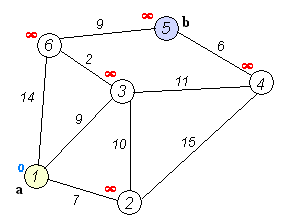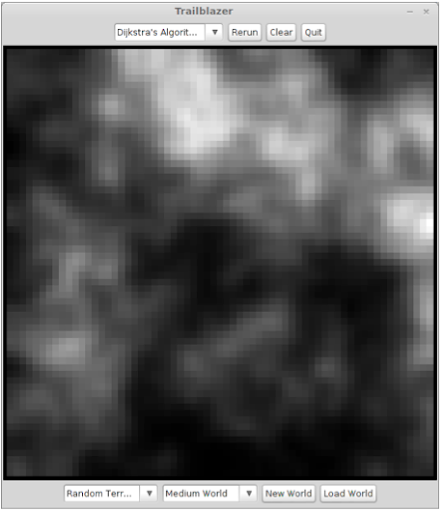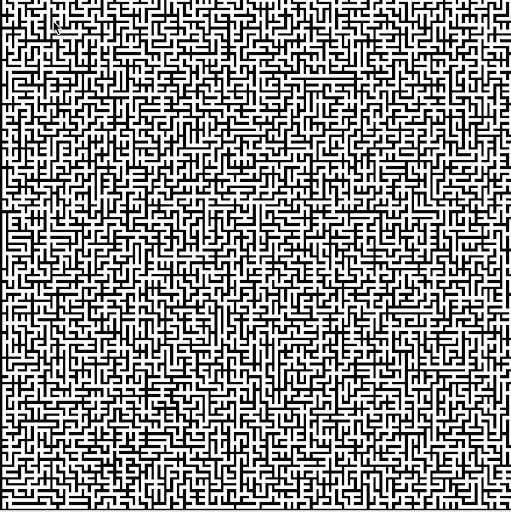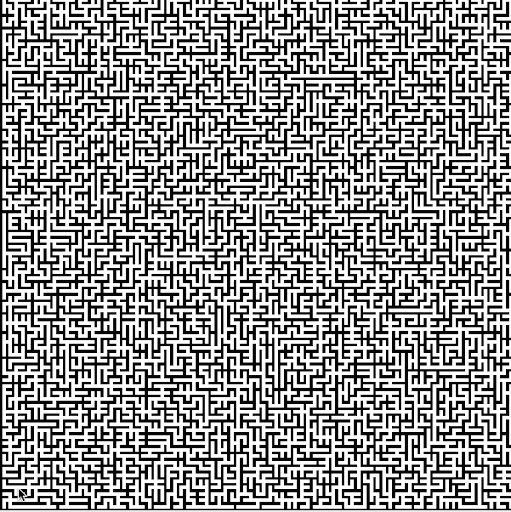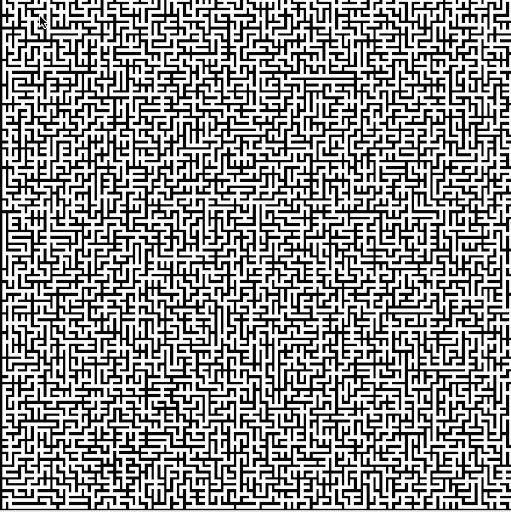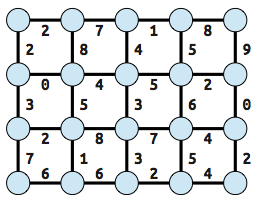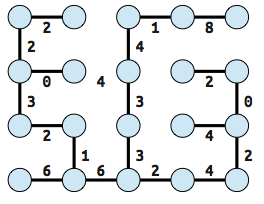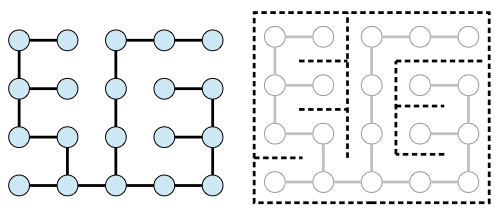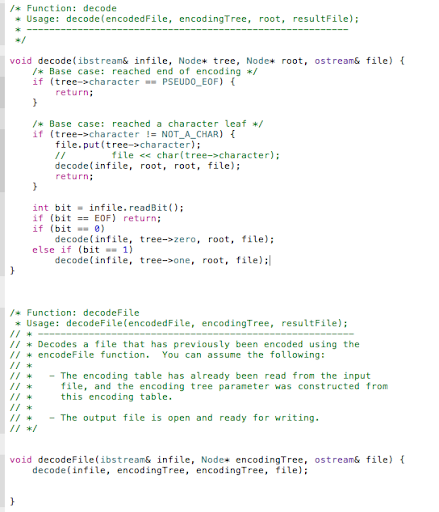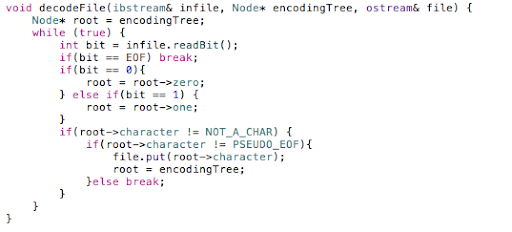Einstein once said, "Time exists so everything doesn't happen at once." I think he got it wrong, and I submit as evidence the past several days of my life. It has been a rollercoaster of emotions, the result from a confluence of several events that have challenged my groundedness to the breaking point. While all the threads are too much to follow in detail, I will focus on one that has been the source of greatest fluctuation.
On Wednesday evening, I received an offer for a summer sustainable engineering internship in San Francisco. This offer was the result of 30+ hours to assemble an entirely new cover letter, resume, and interview prep in response to a job announcement that floated through my inbox. Stanford is pretty good for that -- you receive a steady flow of job and event announcements; if you're smart about fishing in that stream, you can nab some real gems. (That was also how I discovered the internship that took me to Nigeria in 2011.) No doubt competing with many other highly qualified applicants, I somehow rose to the top and caught their eye. It was a major victory.
The question of "What am I doing with my life, really?" comes up at least every other week. Always the tug-of-war between engineering and dance. When I came across this internship, however, the path seemed perfectly clear. This was a job I could get behind with all my spirit, even if it meant some sacrifices in the world of dance. It's been a long time since I've had that feeling. Most of the job searches I've done in the past were honestly half-hearted: applying to construction companies where you're just a cog in the giant machinery of human development, where you can't make a difference really, where 95% of the work you do isn't related to sustainability anyway.
This internship was a perfect for me. The company performs energy retrofits for existing buildings to make them carbon neutral. They even provide measurement and verification to prove that the building performs as expected. It's a small startup with passionate team members whom want to make a difference. Sounds right up my alley, right?
The internship involves three main projects: build a database for tracking equipment, research innovative and cutting-edge sustainable building technologies, and revamp the teaching process for incoming engineers. A combination of programming, sustainability, and teaching. What could be a better fit? I have never seen a job opportunity that exercised so many of my diverse skillsets. Further, it was the perfect amount of commitment for me to keep involved with engineering without forsaking future teaching plans.
The internship was a dream job, exactly what I wanted, and now it was right there in front of me.
There was one catch, however -- a number: my compensation. It was lower than I expected, for various reasons. It dampened the elation over receiving the offer, for now I had to decide if it would still be worth it. Despite the best intentions, the negotiation subsequently broke down and I was informed they would look for another candidate.
It felt like a dope-slap upside the head. I suddenly realized how financial concerns (over a summer internship, no less) caused me to lose sight of the tremendous value this internship offered as an experience. (I'm glossing over a number of details here, for I think it would not be professional to discuss them here.)
I descended into a full-on shame breakdown. My mind buzzed with dark, negative, self-critical thoughts. You've really messed things up now, you're a total failure. Thoroughly dispirited, all my insecurities about my life path surfaced. My stream of thoughts soon turned despairing: you'll never achieve long-term happiness, and you don't deserve it anyway because you're a failure and overly pushy.
As I have mentioned before, I struggle with shame. I am really, really, really good at shaming myself when things go wrong. I have spent the past several months developing awareness and working really hard to deal with it. But, it will always be a battle, and here I lost that battle to maintain a constructive thought stream.
I reached out for help, verbalizing my shame tape. Buoyed by encouraging words, I did not allow all hope to disappear. (And, as it turns out, sometimes all it takes is for another voice to shout back as loudly as my shame tape.) Rallying once more, I finished my night with a final response. I acknowledged my mistake in allowing concerns to estrange me from what I truly valued. I thought asking to reconsider the negotiation might make me look weak, but it was worth a shot. I'd already messed it up, there was no hurt in trying.
All of the next day passed without word. The quieter moments -- sitting on trains, for example -- brought me back to a similar state of despair. It was fortunate I had a lot of work booked that day (5 hours of teaching in two cities) to keep me busy. When I was teaching, I was fully focused and in the moment. The Lindy workshop in Fribourg went splendidly, working with a wonderful batch of students that were a lot of fun. People were much closer by the end and all had seen dramatic changes in their movement. Everyone was blissed out on the endorphins of dancing and discovering new and better movement. We all went out for food and drinks afterwards. It reminded me of why I absolutely love teaching in small scenes: the intimacy of classes, the passion of the students, the obvious change seen over a workshop, and the eagerness to connect as humans. I went to bed thoroughly exhausted from the day, too tired to hold any longer the mixed emotions.
The following morning, I received a reply at last. Remarking upon my dogged pursuit of my mission, the offer was once again extended to me.
The storm clouds have parted, and the sun is shining bright. Nothing but blue skies ahead. (Figuratively and literally: the weather that day was fantastic in Switzerland.)
I am overwhelmed with gratitude. Gratitude for the universe giving me a second chance. Gratitude for learning an important lesson without suffering the dire consequences. (Even though it turned out alright, I recognize that I made a mistake in that negotiation.) Gratitude for the support I received, being talked through my shame meltdown, being challenged to think constructively and not give up, and being encouraged to write that final email. If not for that support, I would have gone to bed that night a mess, never would have sent that email, and the internship would indeed have been lost.
While I stand by my original opinions, I see the opportunity cost as worth it to me. This internship will be an amazing experience, I will learn a lot and contribute a lot; all in a field that I deeply care about. That is worth a brief stint of living cheaply. (Good thing I have a lot of practice in that regard.)
I do not walk away from the table empty-handed. I have been granted some leniency to work remotely. I also get flexibility for my hard commitments; they are allowing me to stick with most of my summer plans. That means PBEx, Nocturne, MLB Choreography, and Winnipeg are still happening.
It does mean changing soft commitments and shuffling around a lot of flights. I will likely pay ~$1,000-1,500 in change fees / extra airfare to make travel work out. I'm okay with those changes, however. They're expensive both monetarily and experientially, but the benefits certainly outweight the costs.
My internship begins end of June. One month away. In one month, I will be working an internship in San Francisco where I get to leverage my background in sustainable engineering, programming, and teaching. I will be able to do so while still taking time away to teach dance and train, and not give up my fall tour plans for Europe.
w00t.
